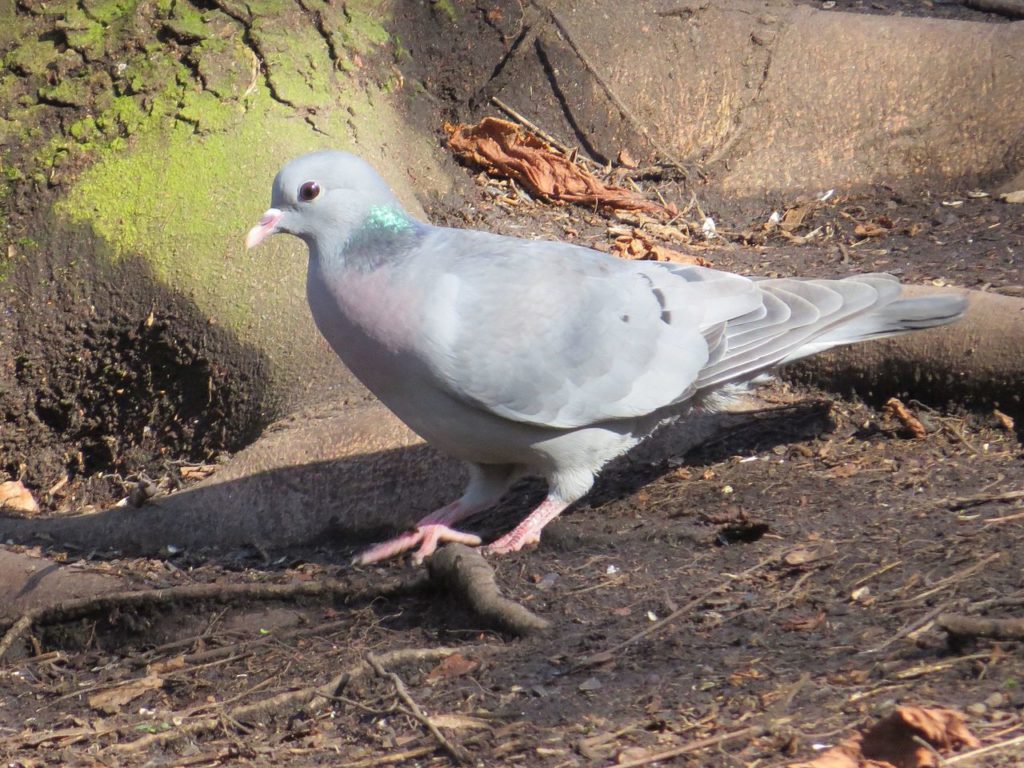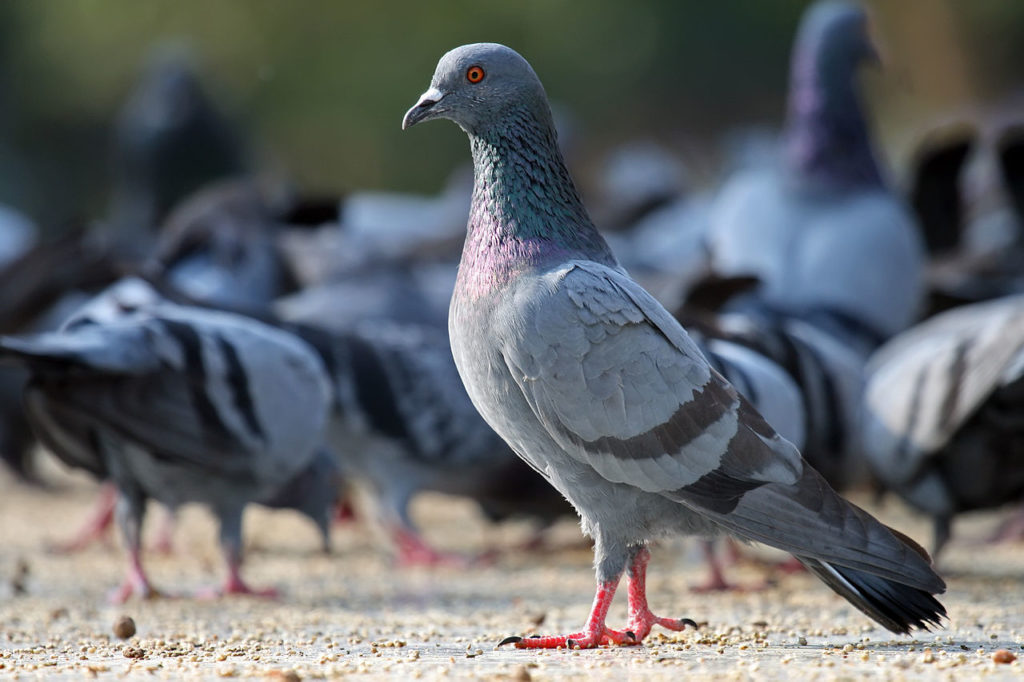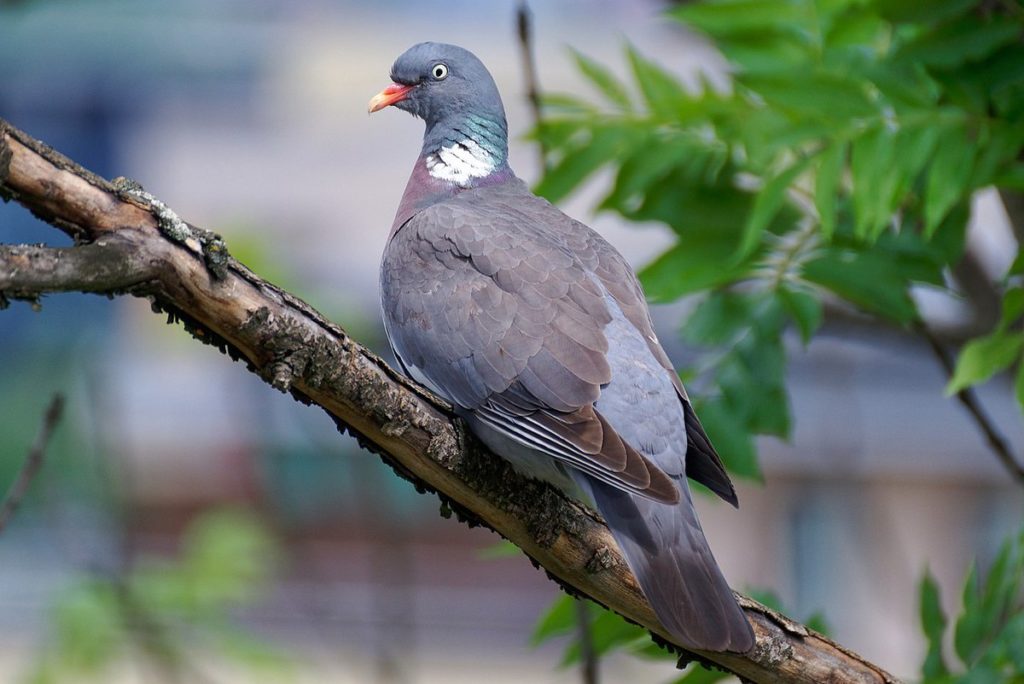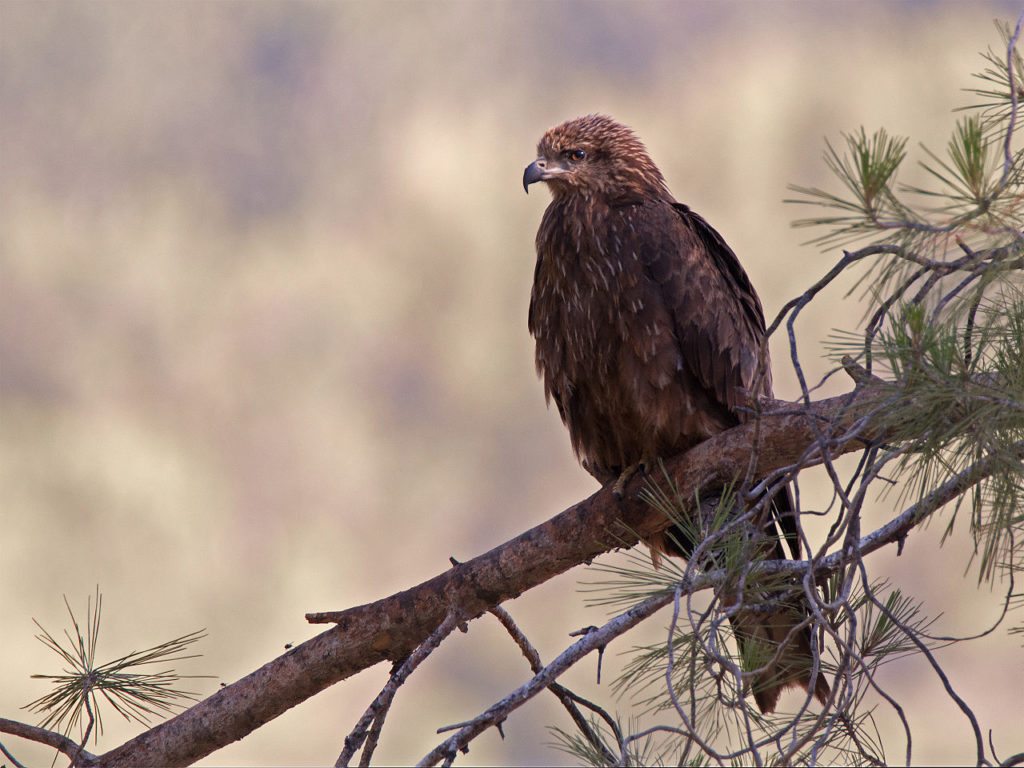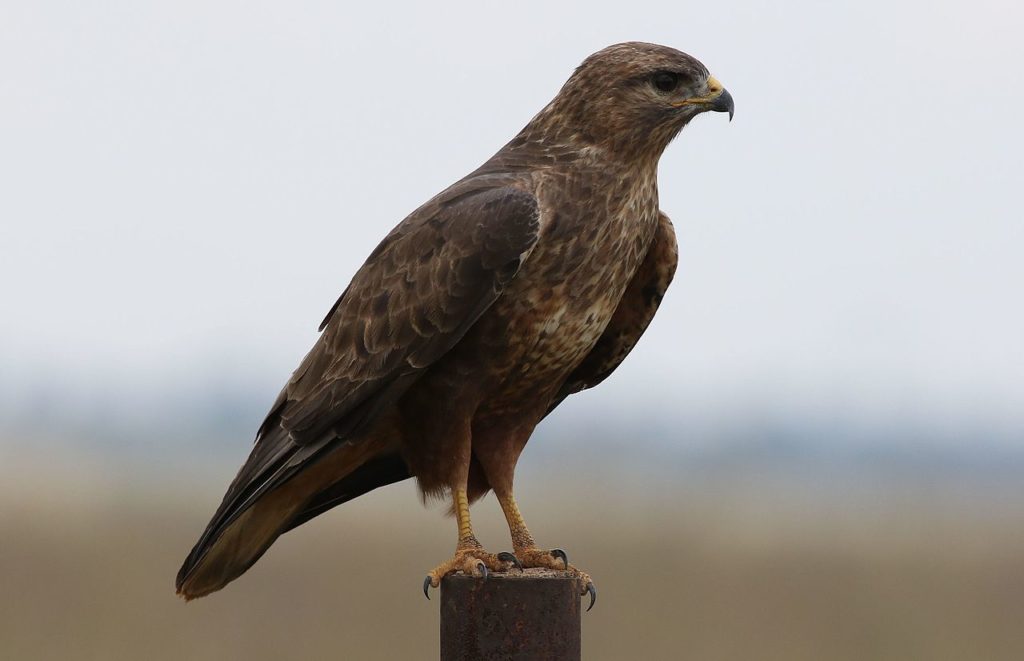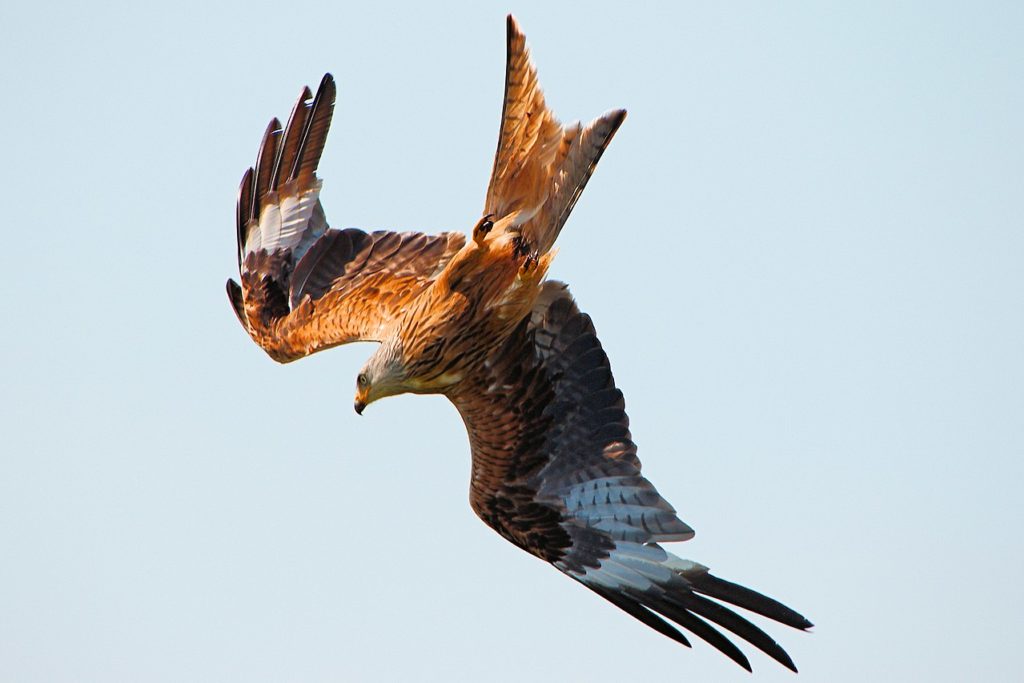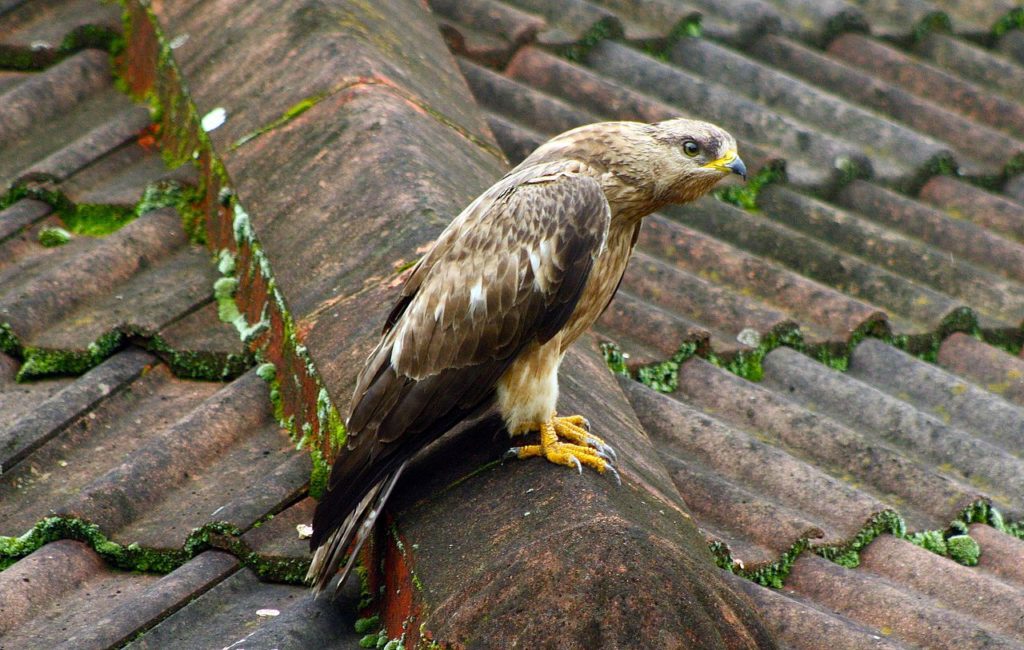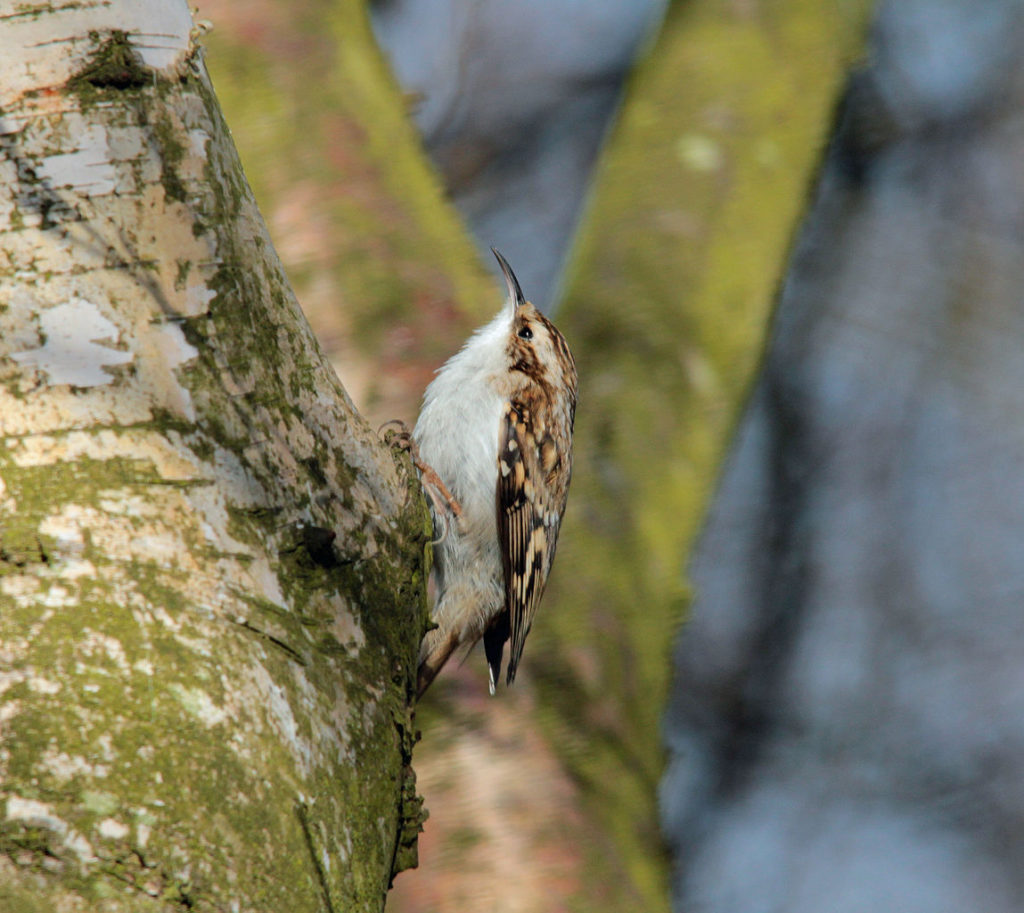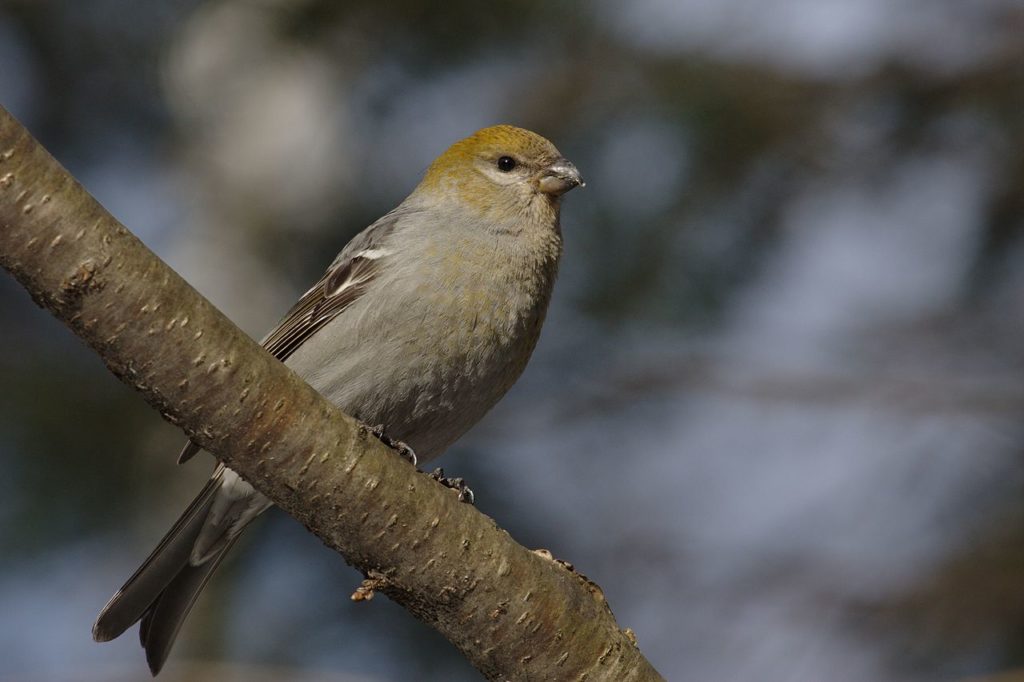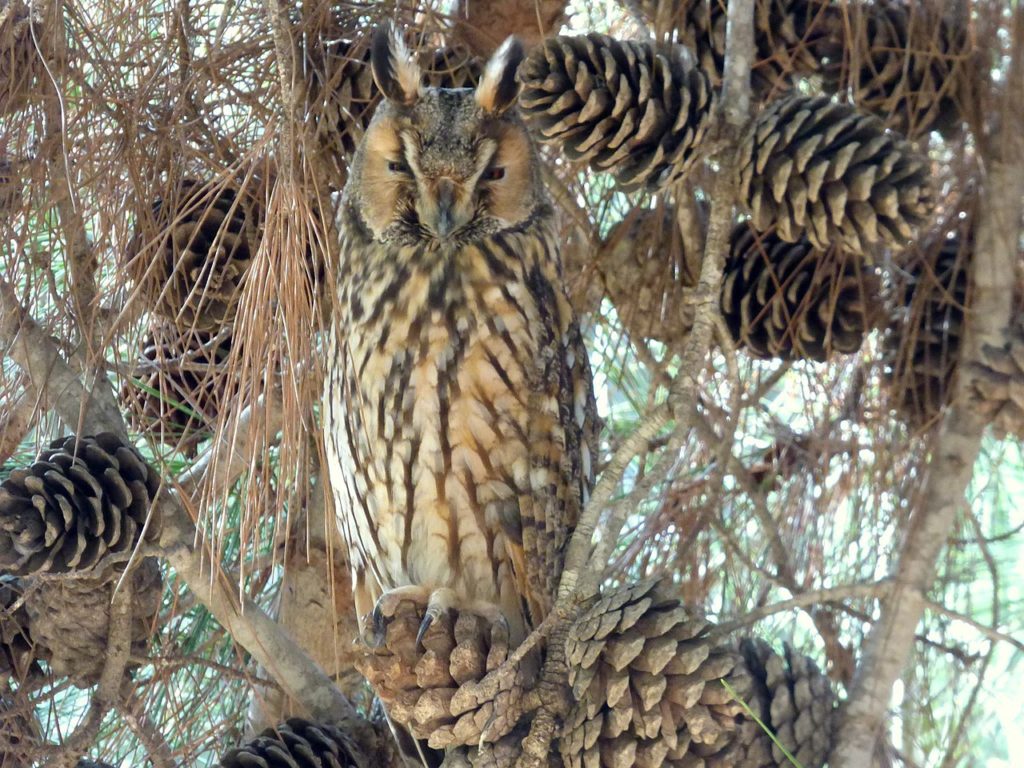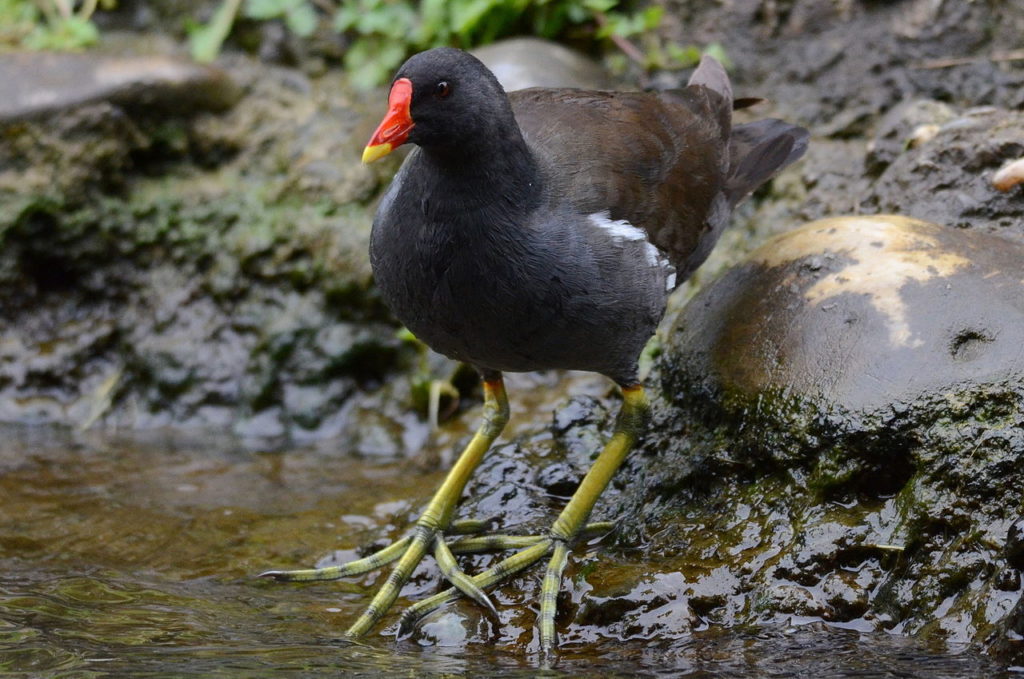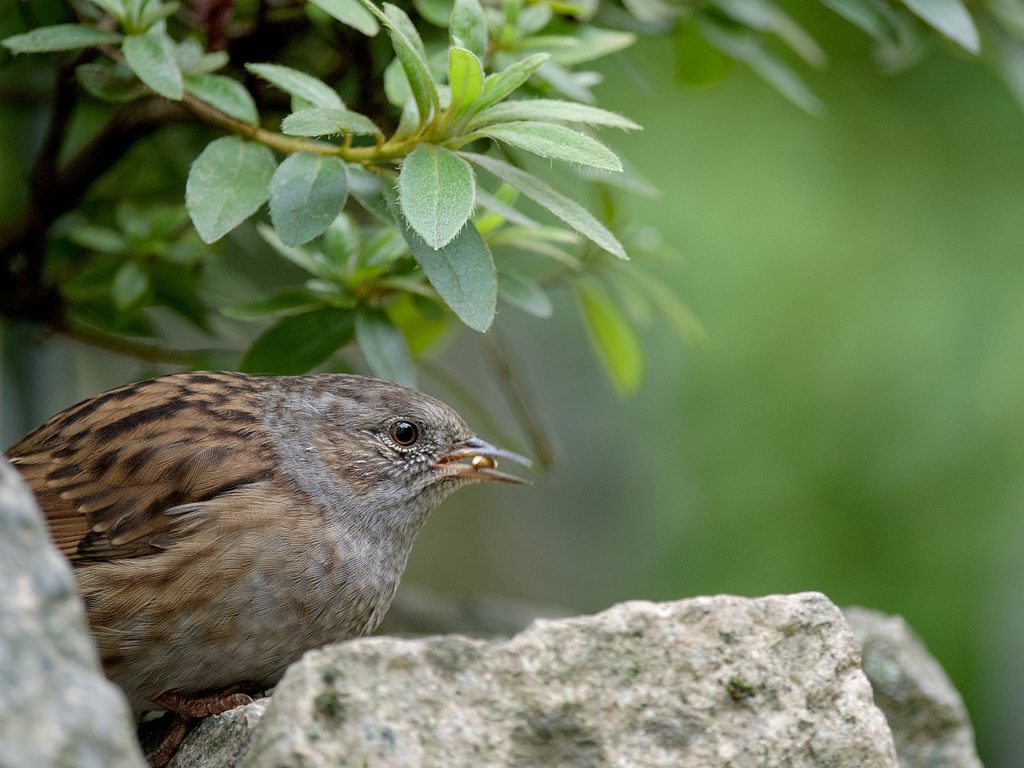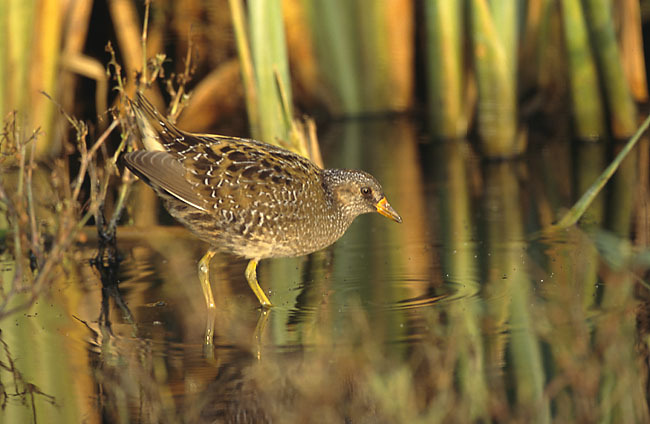It is about the details
NATURE PROVES EVERY DAY WHY A SECOND GLANCE IS GOOD PRACTICE, AND WHY SNAP JUDGEMENTS OFTEN FAIL.
In German there are less-than-flattering names for people who are not exactly eye-catching, that translate to “wallflower” and “gray mouse.” Those who deal intensively with nature and various species – especially birds – know how dangerous prejudgments can be. Something that seems to be inconspicuous at first sight might be impressive upon further examination.
Often, such revelations occur with uncommon species, such as those well camouflaged, or that behave discreetly. Even if the species is not particularly rare, if it is generally unnoticed, studying it can reveal interesting behavior or color.
Consider the Stock Dove. Less experienced birdwatchers might mix it up with the more common feral Rock Pigeon, but the Stock Dove does not have a pale rump. It is mostly blue-gray with an iridescent green band on the back of the neck and a pinkish chest.
In flight, the black edges of the wings are visible, and two partial black “armbands” near the back are visible both in flight and when the bird is perched.
Stock Doves are noticeably smaller than Woodpigeons, which, at least in some cities, are becoming increasingly rare. For nesting, Stock Dove requires open woods, forest edge, or parkland, often near quarries and cliffs – with appropriate burrows, either in stone walls or in cavities excavated by the Black Woodpecker. The Stock Pigeon is one of the earliest spring migrants to return to its nesting areas, and among the last to leave in autumn.
Or, consider among the circling birds of prey above us the magnificent red kite, with its forked tail, its beautiful coloring, and its aerial maneuvers, making it stand out from the others. To watch it we do not even need binoculars.
Without optics, many other birds of prey resemble the Common Buzzard. With optics the differences become evident: The Black Kite is similar in size to a Common Buzzard, but it has a long and slightly forked tail, which it rotates frequently in flight. The rarer Honey Buzzard is distinguishable from the Common Buzzard by its small, outthrust neck, similar to a cuckoo.
MANY BIRD SPECIES MOVE WELL HIDDEN AND UNOBTRUSIVE IN THE WOODS, OBSERVABLE ONLY TO EXPERIENCED EYES AND THOSE WITH THE BEST OPTICS.
Tree creepers are fast, small, and, depending on the tree and its colors, nearly invisible against the trunk. Even its singing is more or less insignificant and easy to miss.
Or, consider the Grosbeak: The big finch with its beautiful brown colors and its substantial beak is unique, but it is so well-camouflaged and often so high up in the canopy that we often overlook it. The Long-eared Owl also blends into the woods even during its courtship.
Its hidden form requires a third, even a fourth glance and adequate light transmission to spot it late in the evening. Binoculars with high-performance light transmission make all the difference.
The masters of camouflage dwell among reeds at lake’s edge. It takes patience and a good spotting scope to pick out a Water Rail amid the vegetation. Although it is the most common rail species throughout Europe, Asia, and North Africa, once spotted, it appears to vanish, its colors merging with the reeds, becoming visible only by its slow movements.
The Common Moorhen is easier to find since it is black and unimposing, but its yellow bill with red above is unique and beautiful. The luckiest birders – or those with the most patience, experience, or the best optics – may spot a Eurasian Bittern or a Spotted Crake, as well!
On the way home, it’s worth stopping by fields to search for quail, which are much easier to hear than to see – especially at twilight. The jackpot is spotting a Dunnock, a small songbird usually found close to the ground in the darkest vegetation. Its blue-gray and brown plumage allows it to blend invisibly with its shady habitat.
Nature teaches us that what may seem inconspicuous and uninteresting is actually camouflage for unique and beautiful living beings.
